St. Helier's body was taken to France, and relics were dispersed to different churches and monasteries. The Islet and the rock on which Helier lived is linked to the mainland of Jersey by a causeway which is walkable at low tide, but covered at high tide. The legend is that the causeway marks the route walked by St. Helier when he carried his head.
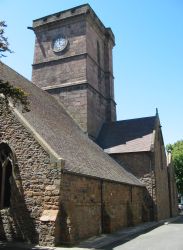
A small town grew up on the coast and took its name from the saint who was attributed with the conversion of Jersey to Christianity. The current Parish Church of St. Helier - also known as the Town Church - contains masonry dating back to the C11th, and has been added to through the centuries - the most recent major reconstruction having been in 1864.

Until 1844 the parish cannons were kept in the church, elections were held in the porch until 1831, and the North chapel served as a mortuary until the construction of a purpose-built mortuary at the Hospital.
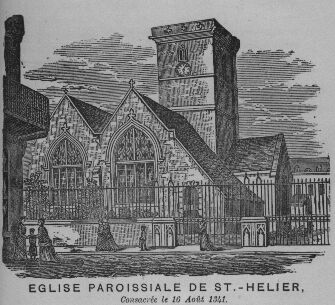
Since 1875 it has been the seat of the Deans of Jersey and serves as the church for States services of dedication and other official acts of worship.
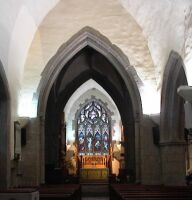 |
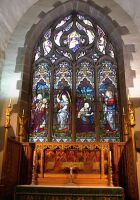 |
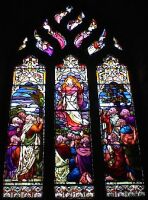 |
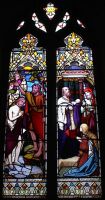 |
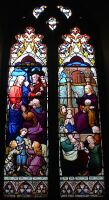 |
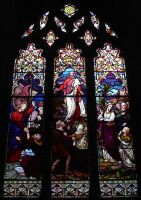 |
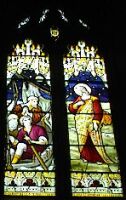 |
 |
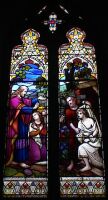 |

The wooden statue of St. Helier in the porch of the Parish Church

R'tou à la page d'siez-mé | Back to home page
E-mail: geraint@societe-jersiaise.org